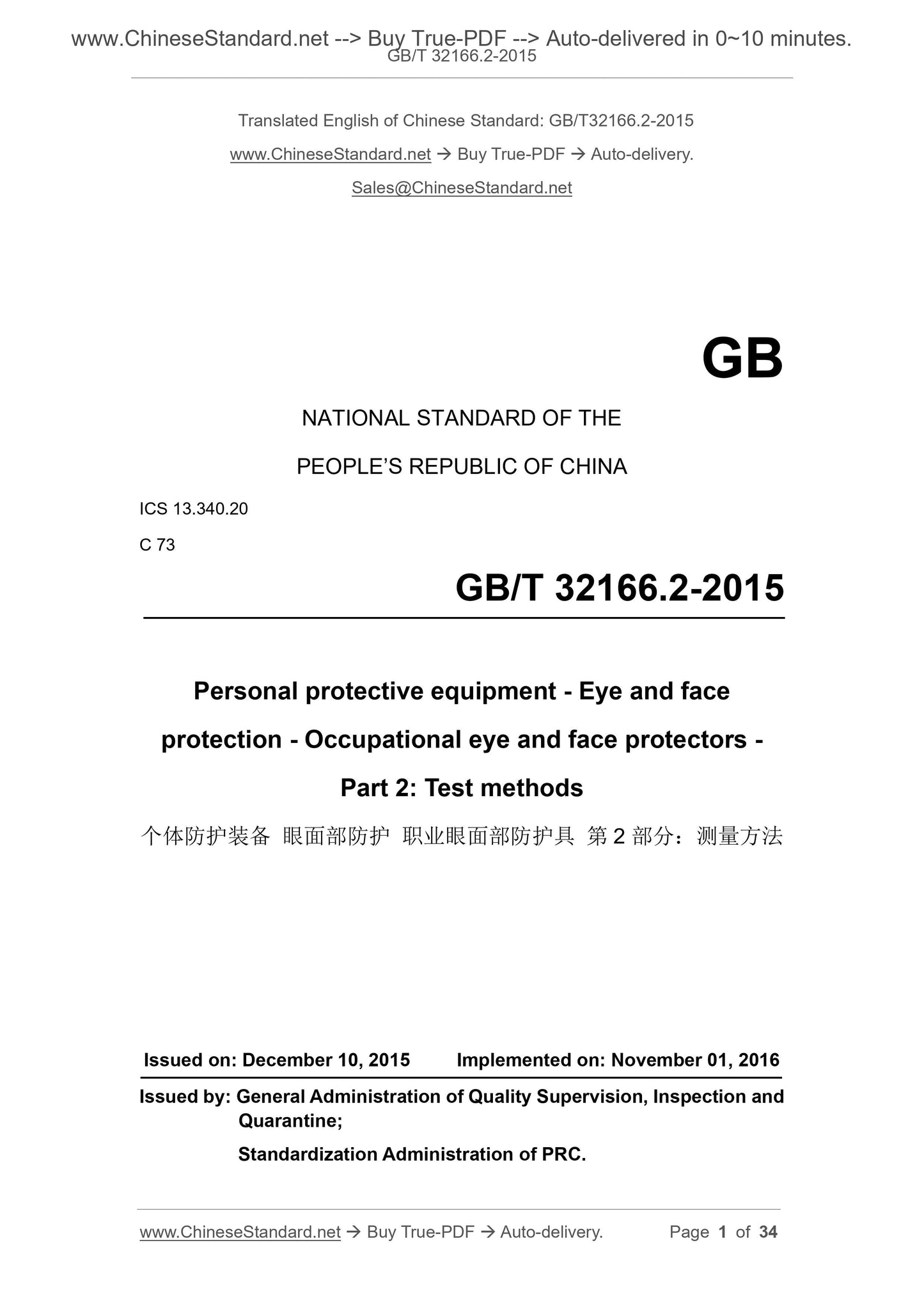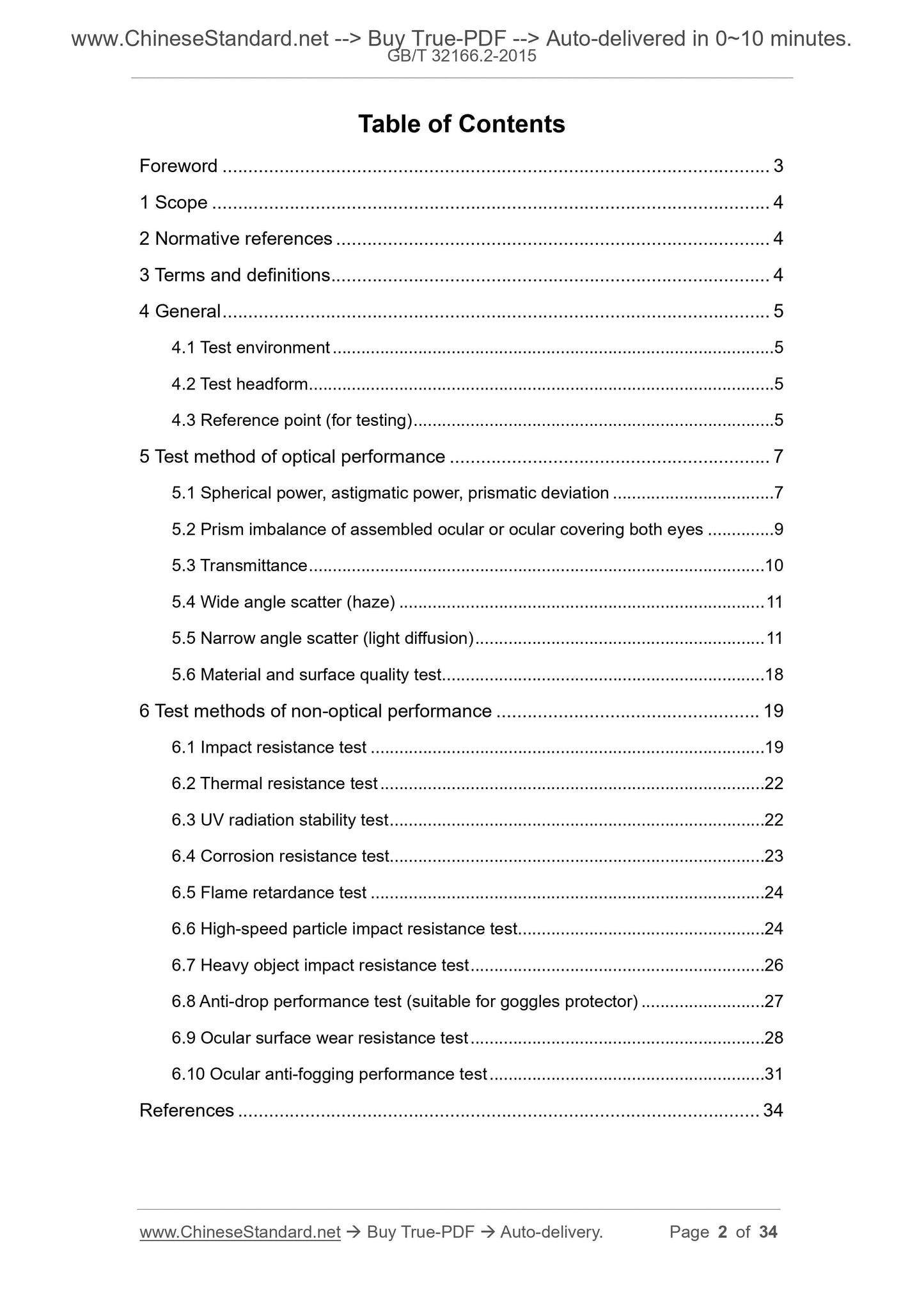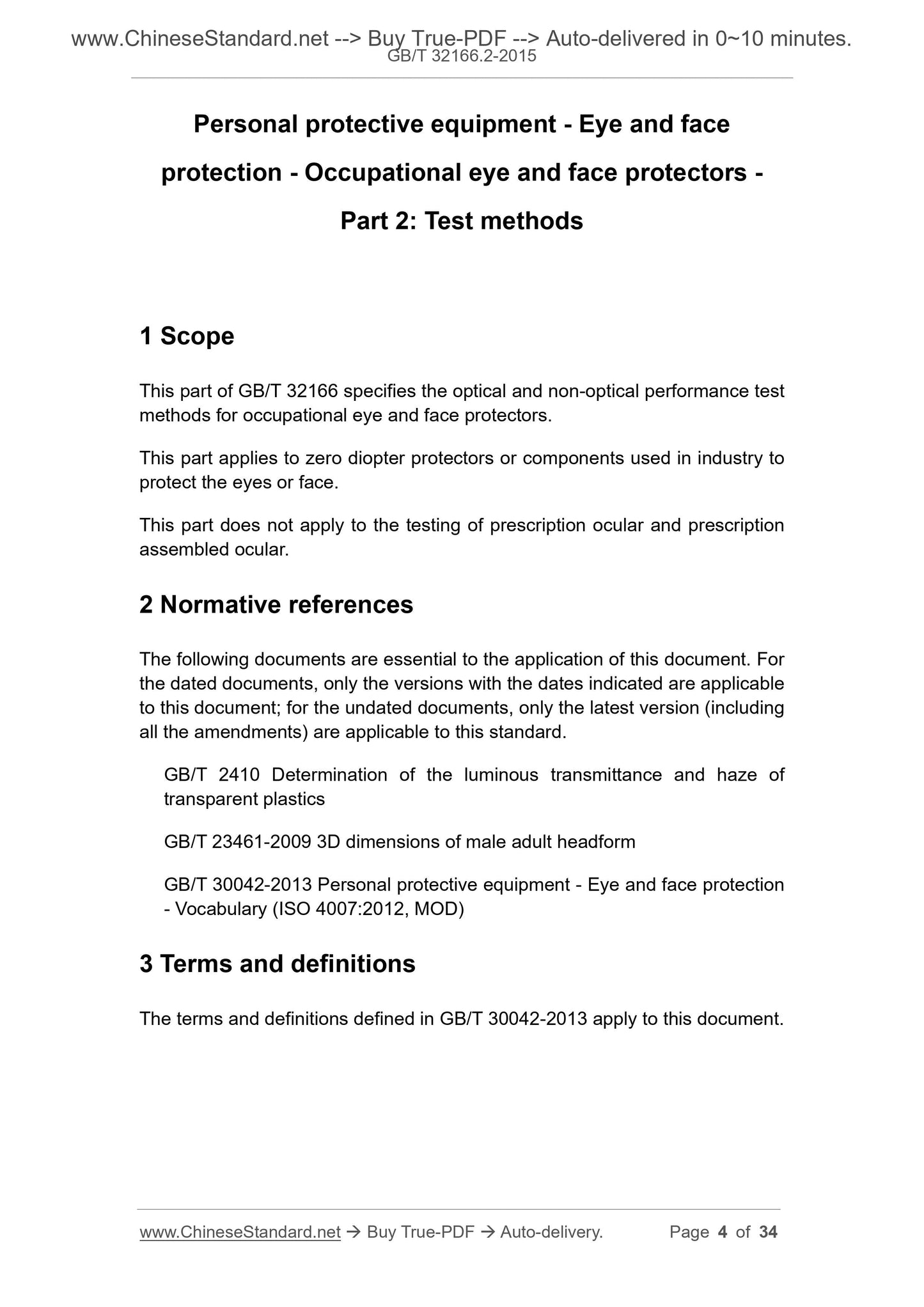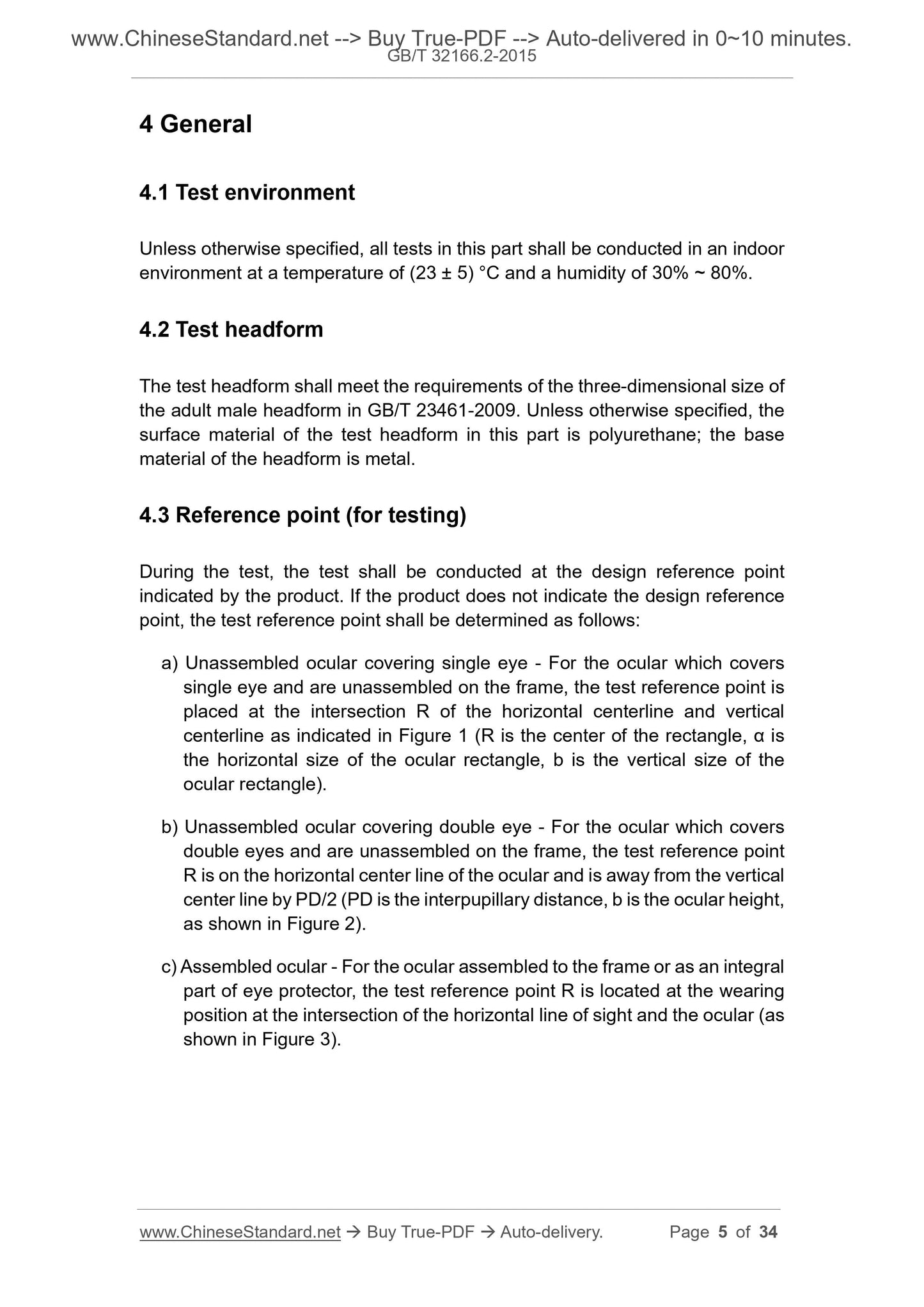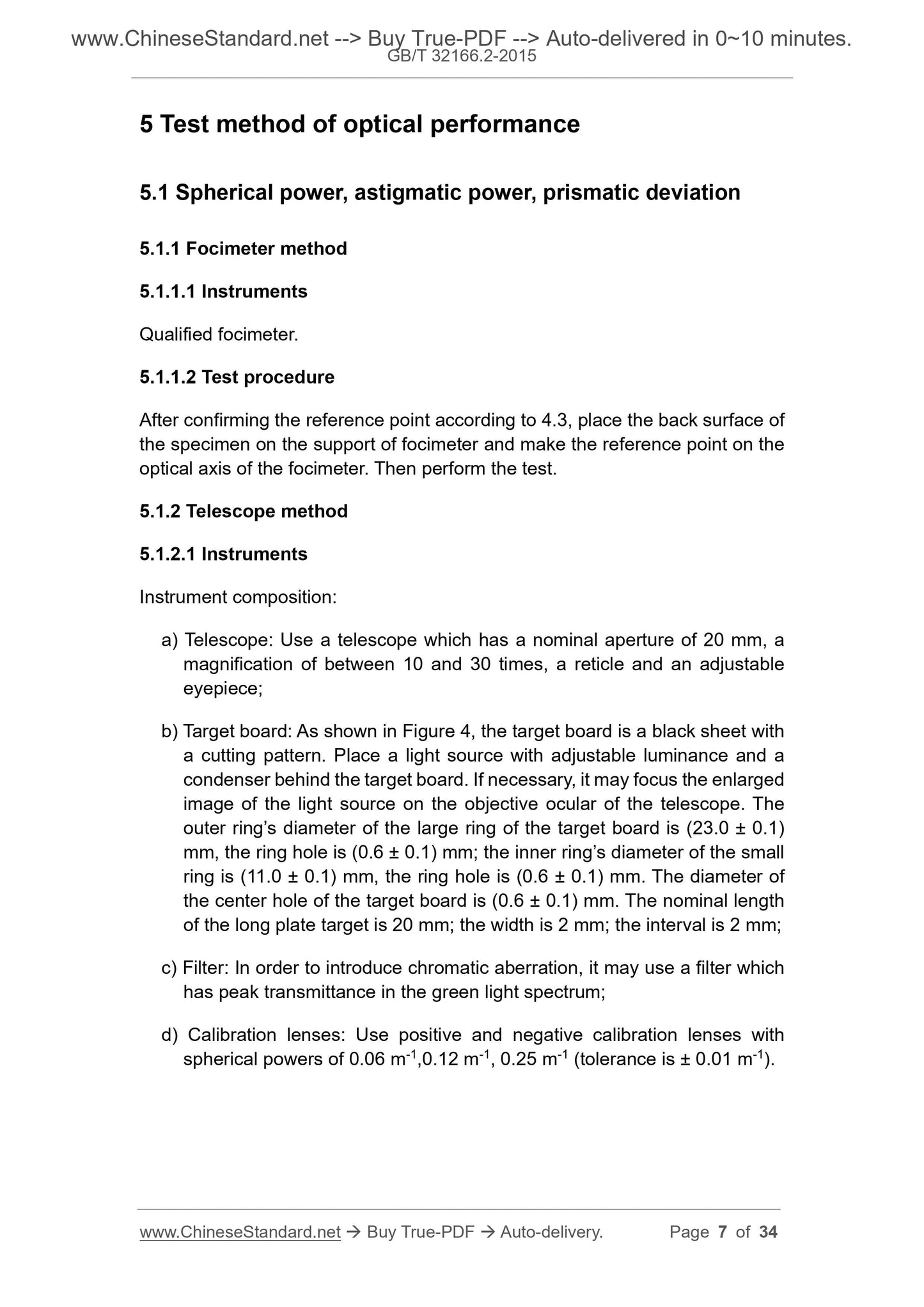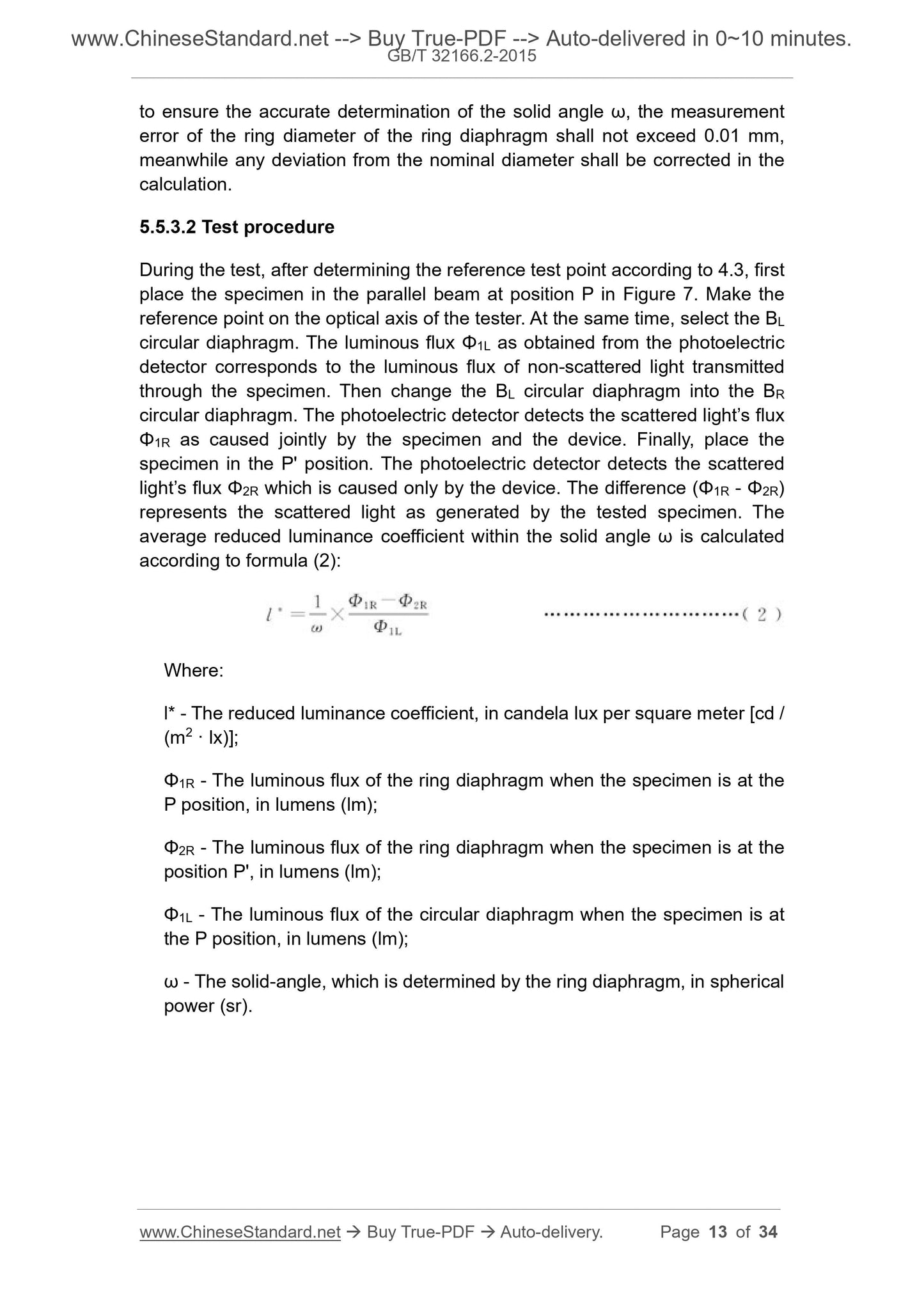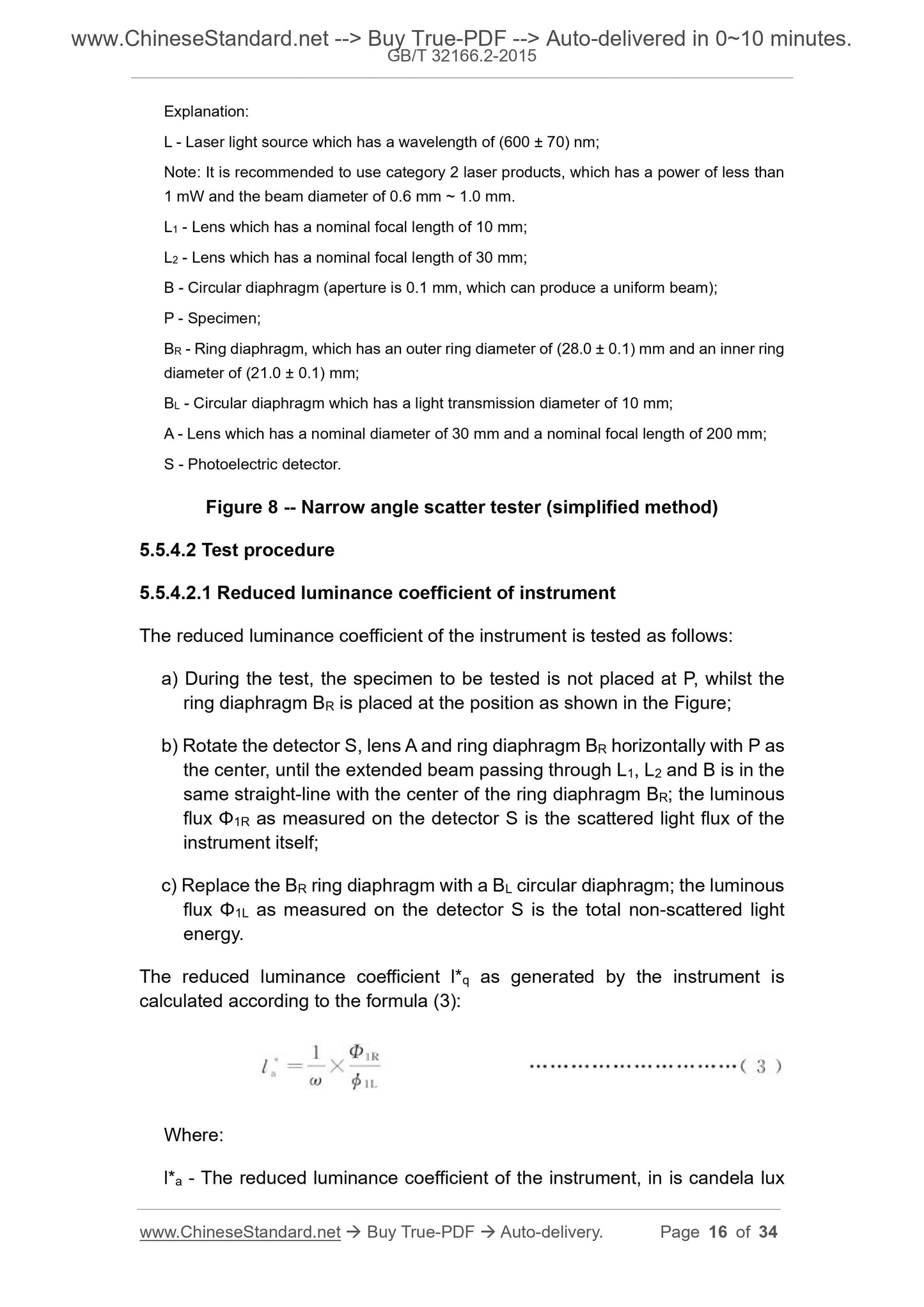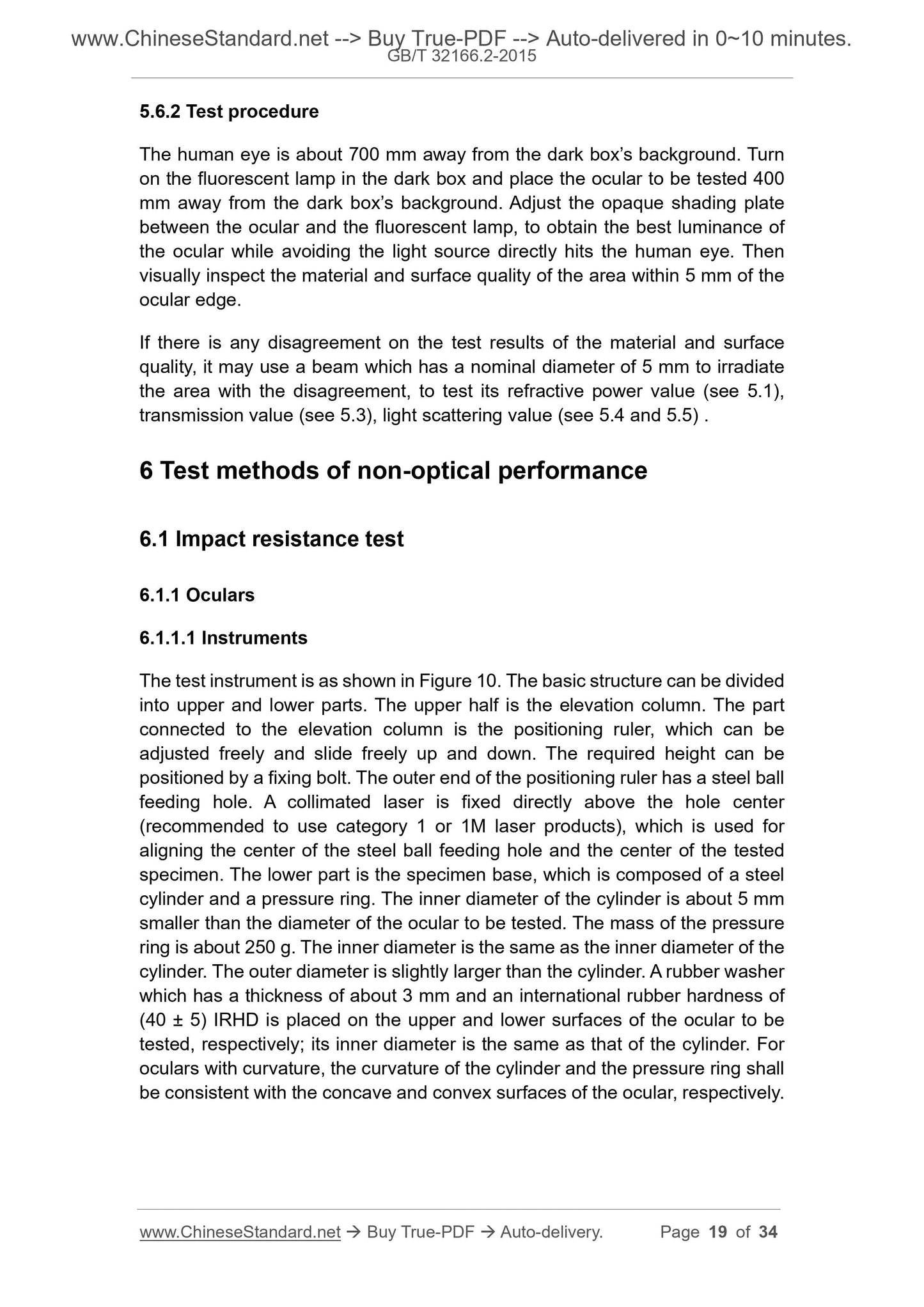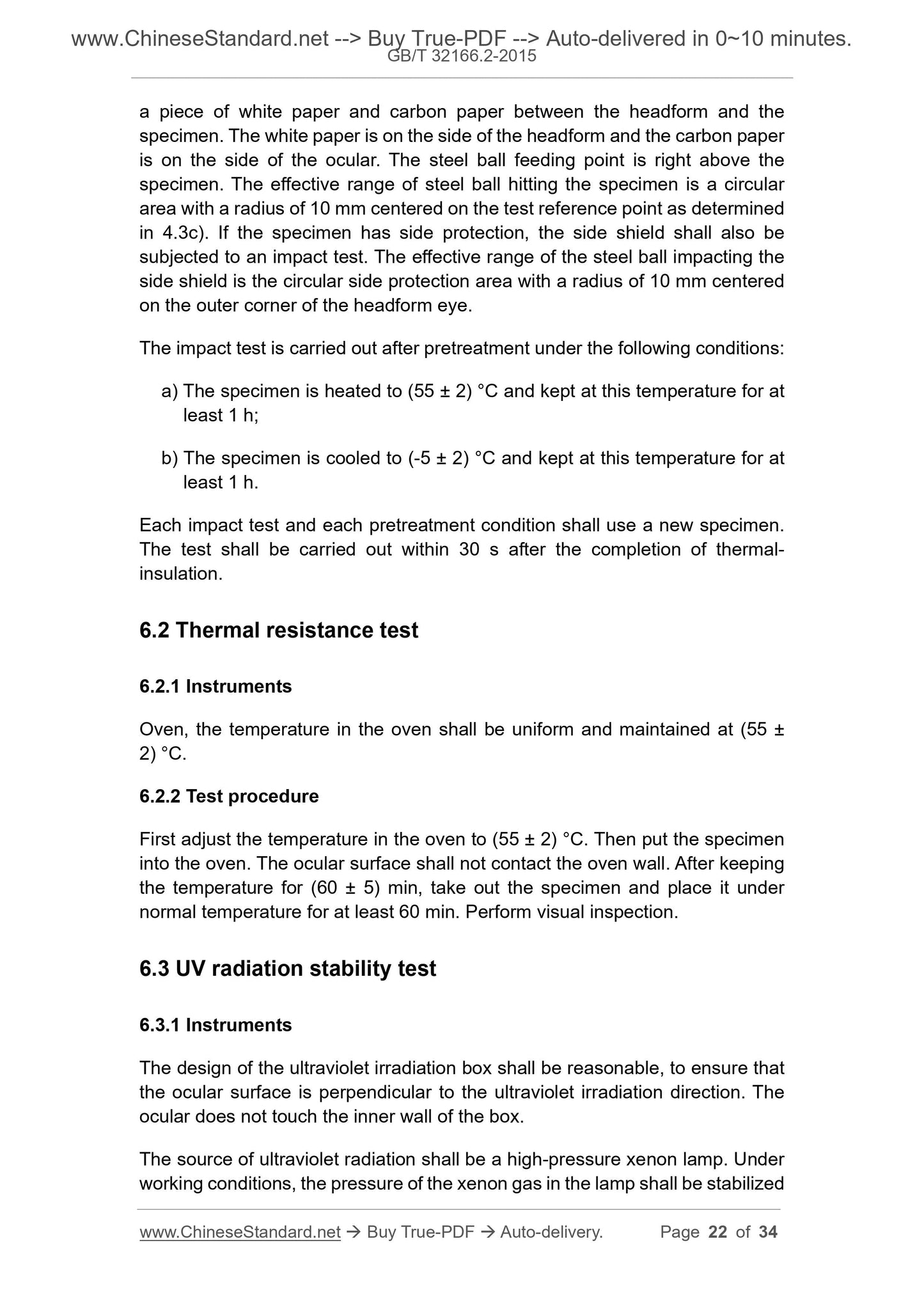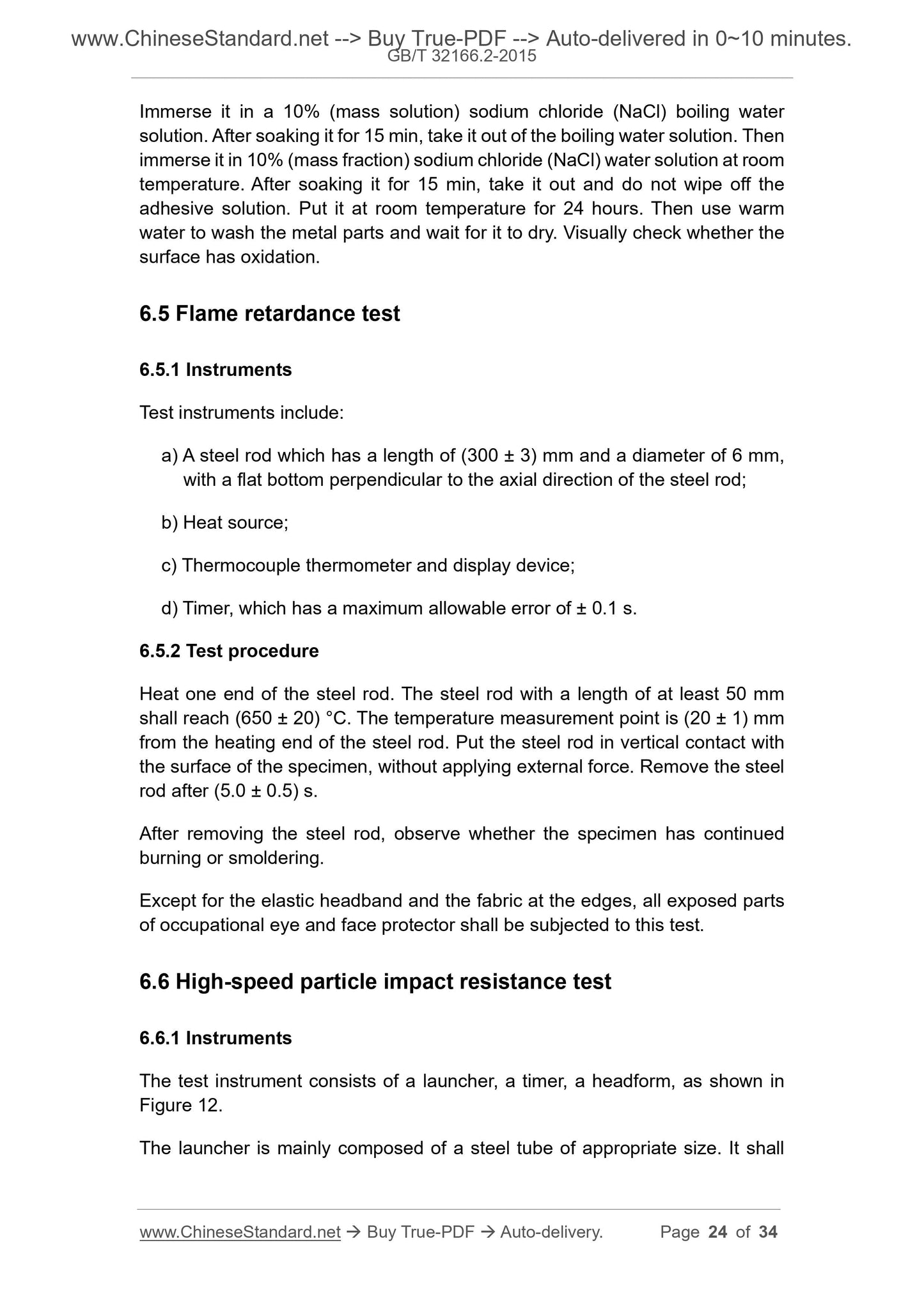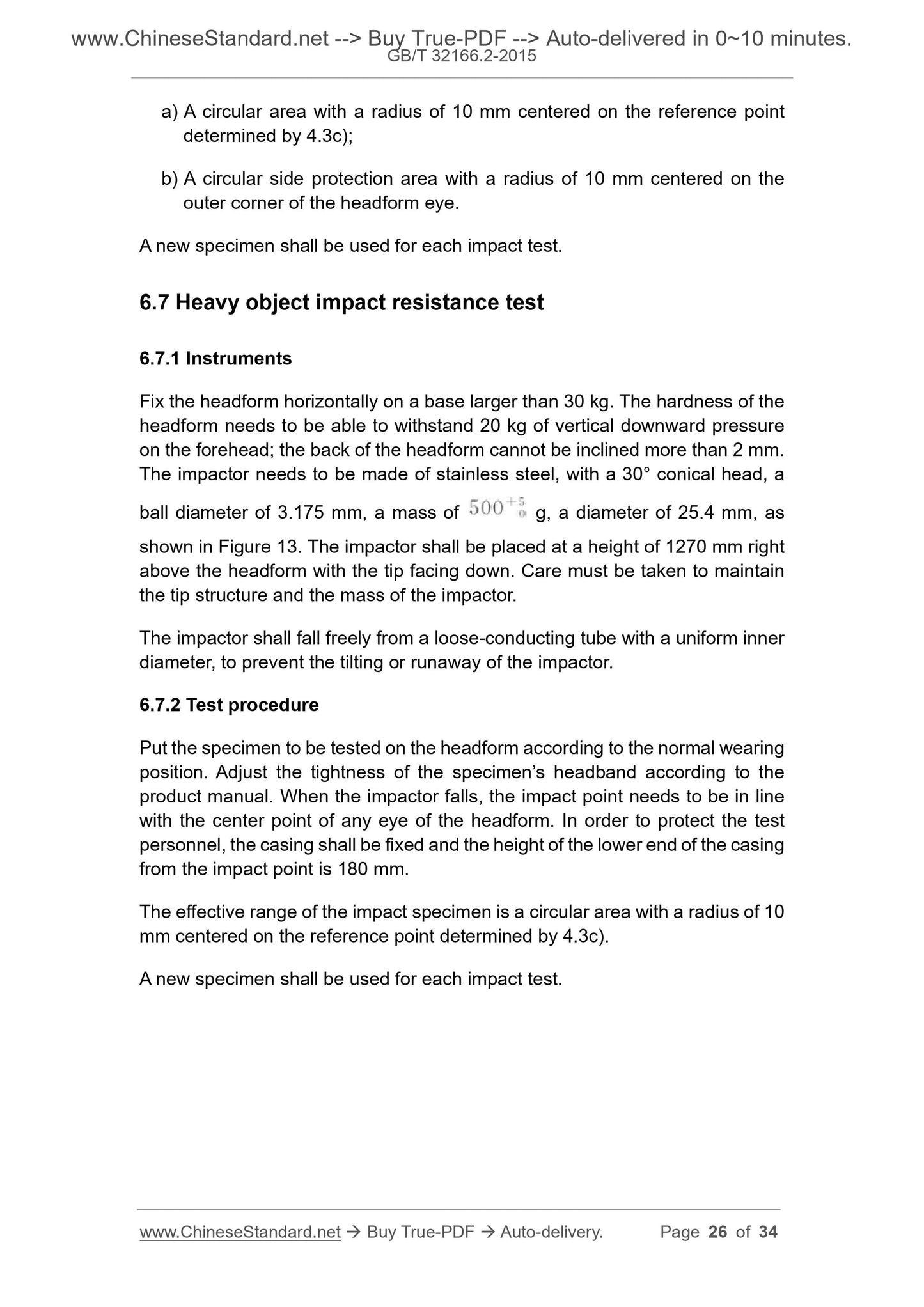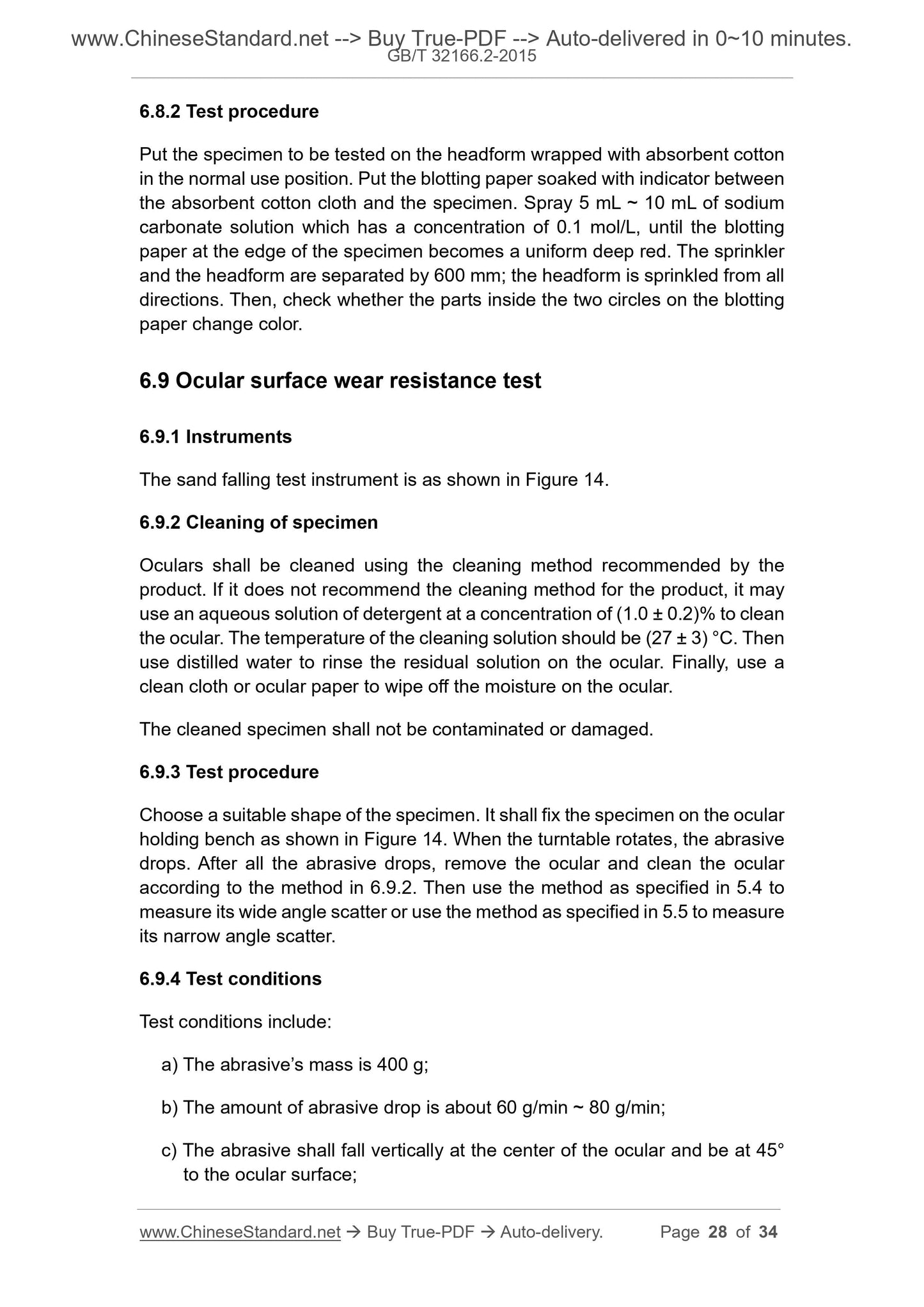1
/
of
12
www.ChineseStandard.us -- Field Test Asia Pte. Ltd.
GB/T 32166.2-2015 English PDF (GB/T32166.2-2015)
GB/T 32166.2-2015 English PDF (GB/T32166.2-2015)
Regular price
$325.00
Regular price
Sale price
$325.00
Unit price
/
per
Shipping calculated at checkout.
Couldn't load pickup availability
GB/T 32166.2-2015: Personal protective equipment - Eye and face protection - Occupational eye and face protectors - Part 2: Test methods
Delivery: 9 seconds. Download (and Email) true-PDF + Invoice.Get Quotation: Click GB/T 32166.2-2015 (Self-service in 1-minute)
Newer / historical versions: GB/T 32166.2-2015
Preview True-PDF
Scope
This part of GB/T 32166 specifies the optical and non-optical performance testmethods for occupational eye and face protectors.
This part applies to zero diopter protectors or components used in industry to
protect the eyes or face.
This part does not apply to the testing of prescription ocular and prescription
assembled ocular.
Basic Data
| Standard ID | GB/T 32166.2-2015 (GB/T32166.2-2015) |
| Description (Translated English) | Personal protective equipment - Eye and face protection - Occupational eye and face protectors - Part 2: Test methods |
| Sector / Industry | National Standard (Recommended) |
| Classification of Chinese Standard | C73 |
| Classification of International Standard | 13.340.20 |
| Word Count Estimation | 24,229 |
| Date of Issue | 2015-12-10 |
| Date of Implementation | 2016-11-01 |
| Quoted Standard | GB/T 2410; GB/T 23461-2009; GB/T 30042-2013 |
| Regulation (derived from) | National Standard Announcement 2015 No.38 |
| Issuing agency(ies) | General Administration of Quality Supervision, Inspection and Quarantine of the People's Republic of China, Standardization Administration of the People's Republic of China |
| Summary | This standard specifies the occupational eye and face protection with optical and non-optical properties measurement method. This standard applies to protective gear for plain eye or face protection or safety components in the industry. This standard does not apply to prescription and prescription lenses fitted into a mirror test. |
Share
